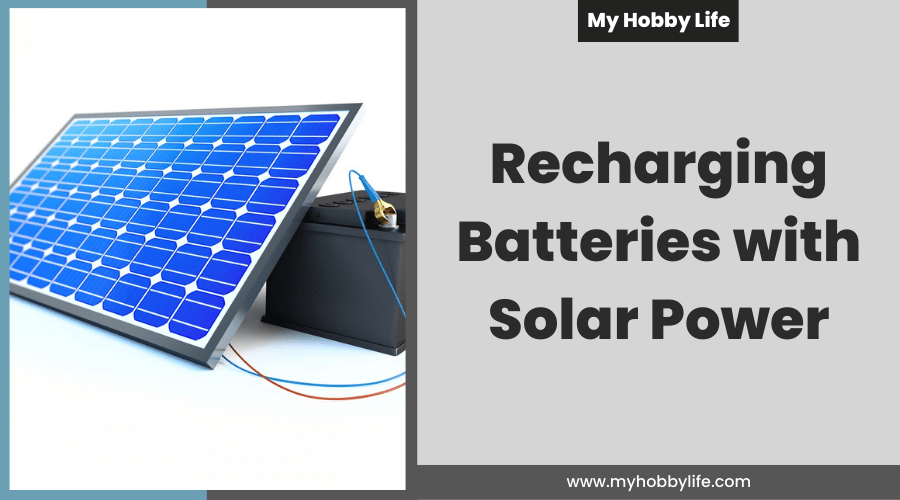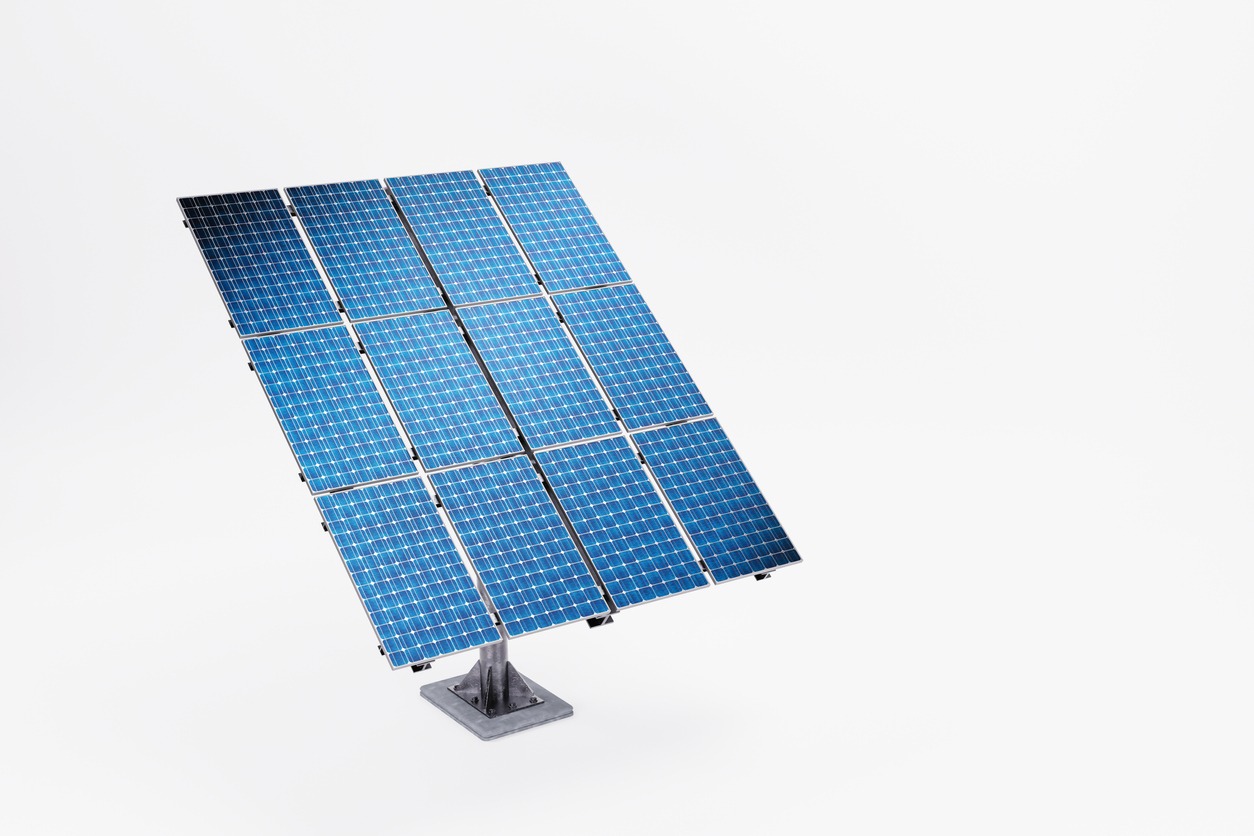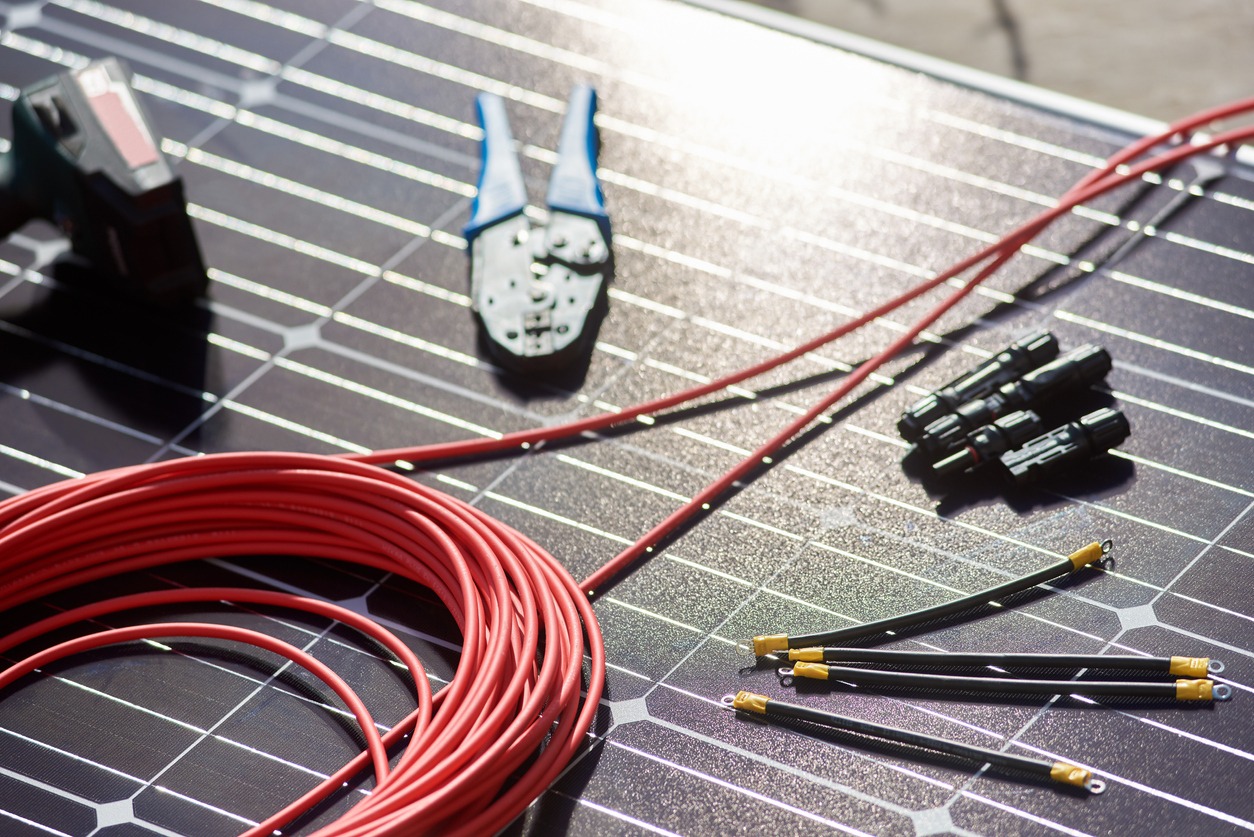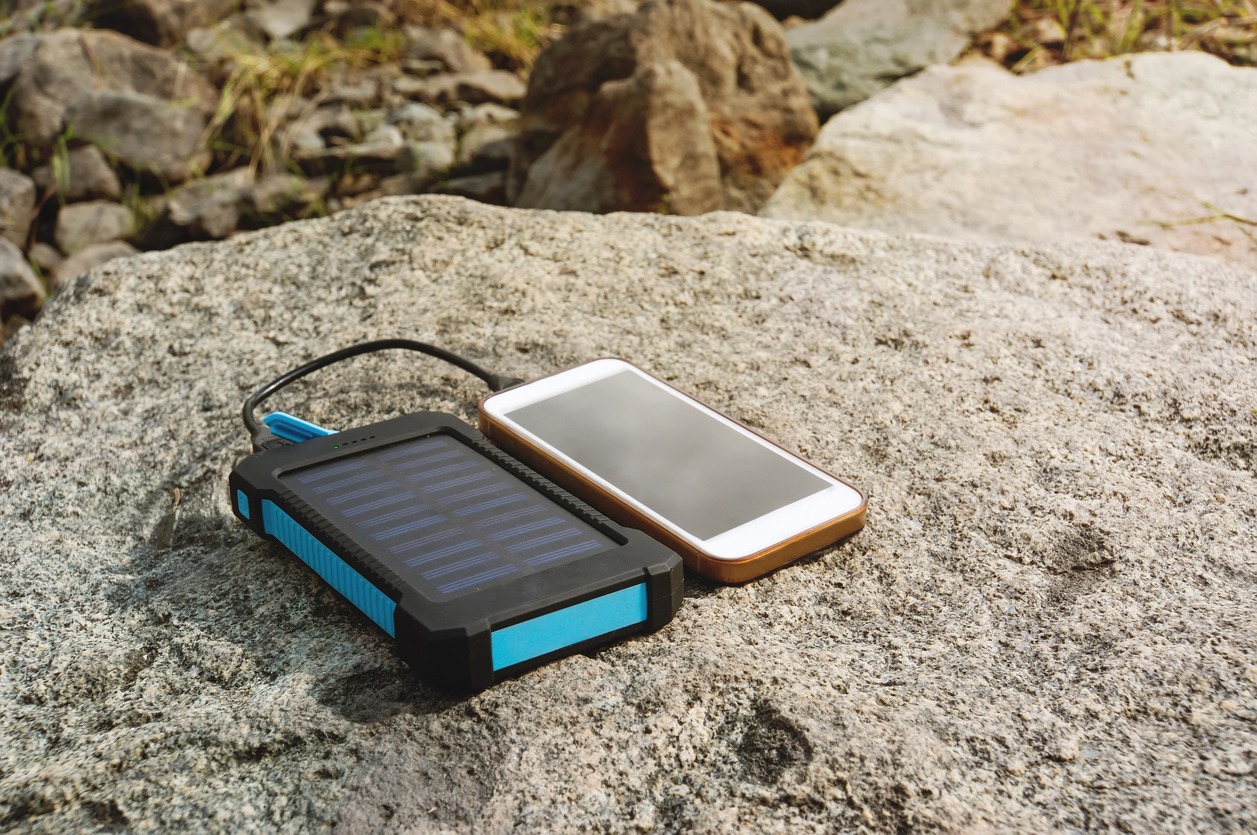The sun has unlimited power, so it’s wise to utilize it to your advantage, especially if you live in a region that gets a lot of sun every year. Solar panels allow us to harness this power and use it for all kinds of electronic applications. One of these applications is storing energy for future use.
Rechargeable batteries have higher upfront costs than single-use batteries when you purchase them at the store. But over time, rechargeable batteries turn out to be more cost-effective than disposable batteries, and the cost difference widens further when the recharging is done with solar power.
Batteries can be recharged with a solar panel or a solar-powered charger designed for that purpose. The charger is the easier option as it comes ready for use. Using solar panels involves some setup, but once the setup is completed, it should last indefinitely.
Solar panel
To use a solar panel, it’s necessary to check the back of it first to see how many watts it outputs. If the solar array was self-created, a multimeter would allow measurement of the panel’s output; check it during full sun exposure. It wouldn’t hurt to use a multimeter even on a commercial panel as it is designed for higher production than the rating. It’s because the max rating only happens if the conditions are ideal, which does not happen often. It is necessary to know this because if the panel’s power exceeds the battery’s capacity, it can overcharge the battery, which will damage it or cause it to explode.
To determine the amp requirement, divide the watts determined above by the battery voltage. The result is the charge controller rating that is required. Since controllers are generally rated in multiples of 30, round up if the result falls between ratings.
Charge controllers are available in two types:
- Maximum Power Point Tracking (MPPT) – It tends to be more effective and can be used with panels set up in strings, unlike PWM controllers.
- Pulse Width Modulation (PWM) – It is less expensive and a suitable starter controller. It charges with pulses and has a sensor to prevent overcharging. Those who start with a PWM can easily switch to an MPPT later if desired.
Controllers are usually susceptible to weather, so they should be mounted somewhere that can protect them, with wires running between them and the panel. For safety, mount it on something non-conductive.
Connect wires to the battery – one on every pole. For ease in differentiating and convenience, it is wise to use different colored wires for each. Attach the other end of the wire to the charge controller, following the controller’s instructions – exercise caution to ensure the positive and negative match the port to prevent a short circuit. For bigger batteries, like the 12V, use a bigger wire, such as 10 or 16 gauge.
Connect the battery first, then the solar panel. This is to prevent a surge when connecting to the controller.
Most solar panels have MC4 connectors on their output wires. Use wires with MC4 connectors to go from the controller to the solar panel; instructions are usually included with the connectors. Once they are in place, connect them to the solar panel, being careful to connect positive with positive. Connect the MC4 connectors securely. They should click into place.
Once connected, verify the readings to ensure it is working correctly. If you still see nothing on the controller’s display screen, check the wires to make sure they are connected properly. Depending on the controller, it may be possible to monitor it through a mobile device.
Do not remove the battery until it is fully charged. A controller will stop letting the energy through once the battery is completely charged, so it is not necessary to remove it right away. The display screen will show less (or no) change going through once the battery is fully charged.
Solar chargers
Solar chargers, such as solar power banks, are portable and easy to set up. They usually hold and recharge up to four batteries at a time of standard sizes. These include a port to recharge mobile devices like smartphones and tablets, and some of them can charge more than one device at a time.
Chargers with a higher wattage output will charge faster. If the charger has a built-in power bank, it will be able to provide a charge even when the day is not that sunny, which can be a definite advantage. Chargers with foldable solar panels can provide more power at the same portability as smaller solar chargers.
Benefits of rechargeable batteries using solar energy
- Convenience – Batteries recharged by solar power can be used easily with a simple charger that also doesn’t cost a lot.
- Environment friendliness – Batteries using solar energy allow you to reduce your home’s carbon footprint. It is essential for anyone with the desire to “go green” and reduce pollution.
- Reduced electricity bills – One of the most significant benefits of recharging batteries using solar energy is that they will help you save on your electricity and traditional energy costs. It prevents you from having to pay the fees associated with electricity retailers, saves the electricity you generate, and brings you closer to energy self-sufficiency.
- Reduced noise pollution – Unlike the traditional gasoline-run generators, solar panels and battery storage systems have no moving parts, which means they don’t create mechanical noise (that may otherwise annoy your neighbors!).
- Time savings – Since you can recharge your batteries, there’s no need to keep running to the store to buy new batteries. Having the charger regulator in combination with the solar panel will get the charging done.
- Safety and reliability – There’s very little chance of getting electrocuted or starting electrical fires. If the battery system is properly installed using the correct wires and fuses, it is intrinsically safe.
For homeowners with solar panels installed already, solar batteries can be an excellent way to stabilize the energy system and enjoy renewable and reliable energy for many years.



